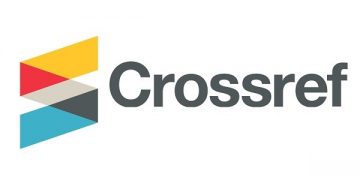Studi Literatur Penguasaan Keterampilan Pemangkasan Rambut Graduasi
DOI:
https://doi.org/10.61722/jssr.v3i4.5258Keywords:
graduated trimming techniques, professional skills, hairdressing, advanced training, hairstylistAbstract
Hair cutting using the graduation technique is an essential aspect in the professional world of hairdressing. This technique requires a high level of precision, a deep understanding of the structure of the head, the direction of hair growth, and skills in adjusting the cutting angle to create a natural and proportional hair length transition. This article aims to analyze the extent of mastery of graduated hair cutting skills among professional hairstylists and identify factors that influence the effectiveness of mastery of these techniques. In this research, a qualitative study method was used with a case study approach in several professional salons and beauty training institutions. The results of the analysis show that mastery of the graduation technique is greatly influenced by the quality of technical training, work experience, use of appropriate tools, and the ability to interpret the cut design according to the client's needs. This article emphasizes the importance of ongoing training and updating technical competencies as key to maintaining high standards of service in the professional hairdressing industry.
References
Supiani, T., & Jubaedah, L. (2023). Pengembangan Video Pembelajaran Pangkas Rambut Teknik Graduasi Pada Mata Kuliah Pangkas Rambut. Jurnal Adijaya Multidisplin, 1(04), 694-700.
SADELLAS, D. K. (2023). PENGEMBANGAN VIDEO PEMBELAJARAN PANGKAS RAMBUT TEKNIK GRADUASI PADA MATA KULIAH PANGKAS
RAMBUT (Doctoral dissertation, UNIVERSITAS NEGERI JAKARTA).
Jang, S. M., Jung, W. J., Jang, S. M., & Jung, W. J. (2022). Changes in haircut
shapes by mixing same layer haircut and medium-graduation haircut according to the division of head and slice lines during hair cutting Ⅳ. Asian Journal of Beauty and Cosmetology, 20(4), 393-405.
Downloads
Published
Issue
Section
License
Copyright (c) 2025 JOURNAL SAINS STUDENT RESEARCH

This work is licensed under a Creative Commons Attribution-ShareAlike 4.0 International License.













